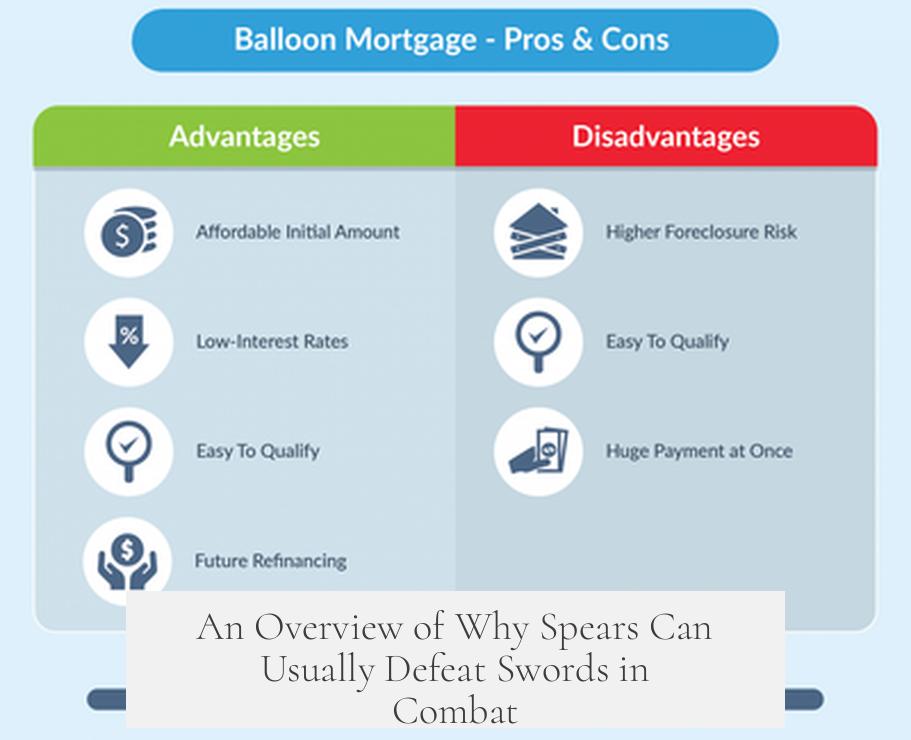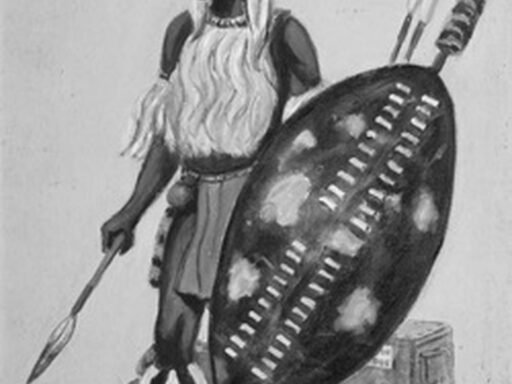Spears usually defeat swords in combat due to their superior reach, speed, and battlefield utility. The spear’s length allows combatants to attack from a distance where swords cannot reach. This distance provides a critical advantage in melee combat.
The spear’s tip speed and leverage make it hard to counter. It moves faster than the eye can track, increasing the chance of landing a strike before the opponent closes the gap. An opponent with a shield, for example, can be targeted at exposed points like the shin before striking the head. This layered reach advantage is significant in close combat.
Historically, spears served as the primary weapon in ancient and medieval warfare. Soldiers favored the spear’s ability to keep enemies at bay. The sword, while effective, was typically a secondary weapon or a tool for close quarters or indoor fighting. One may compare the spear’s battlefield dominance to the role of an AK-47 in modern combat. It represents the mainstay weapon used by masses, while swords acted as backups.
Situations where swords excel usually involve special conditions, such as cavalry use or pairing a sword with a shield. Swords benefit greatly from shields, which change the dynamics of reach and defense. In this matchup, the spear’s reach advantage may diminish, influencing the outcome differently.
Literary and historical instances reinforce spear dominance. Achilles kills Hector with a spear despite Hector rushing with a sword after losing his spear. In Arthurian legend, Mordred impales himself on a spear before closing for a sword strike. In fiction, the greatest swordsman loses a duel to a spearman. These examples underscore how reach and timing impact combat success.
Despite the Roman legions favoring swords after Alexander’s spear-armed phalanxes, the spear’s advantages in ranged melee remain clear. The change in military tactics and formations often dictated the preferred weapon rather than the inherent effectiveness of sword versus spear.
- Spears offer superior range and tip speed, key in melee combat.
- They served as primary weapons historically, with swords as backups.
- Sword versus spear results depend on circumstances, including shields and cavalry.
- Historical and literary examples demonstrate spear effectiveness over swords.
An Overview of Why Spears Can Usually Defeat Swords in Combat

Spears generally defeat swords in combat due to their superior reach and striking speed, allowing the wielder to hit targets from a distance without getting hit back. This primary advantage consistently tips the scales on battlefields throughout history and fiction alike. But let’s dive into the who, why, and when of this ancient duel of pointy sticks versus sharp blades.
If you’ve ever watched a boxing match, you know that reach matters. The fighter who can jab, poke, or punch from just out of the other’s range can control the fight. Spears put this principle on steroids. Picture a spear—basically a pointy knife on a very long stick.
Reach and Tip Speed: The Spear’s Secret Sauce

Spears have a huge reach advantage over swords. We’re talking about striking from several feet away, well beyond the sword’s slicing distance. This means the spear wielder can strike first, hit, and retreat before the swordsman even steps into range.
The tip speed of a spear thrust is so fast it can be hard to follow visually, especially when an expert uses leverage and momentum to their advantage. Imagine trying to dodge a lightning bolt that comes from way too far away!
Here’s another cool trick—for example, if your opponent has a shield, a skilled spear user can jab at a shin or lower limb. When the opponent crouches or attempts to block the low strike, the spear quickly lashes out for the head. It’s like playing strategic whack-a-mole but with potentially deadly consequences.
To simplify: if you can poke your opponent before they can swipe their sword at you, your chances of winning skyrocket. This principle echoes even in modern combat sports. Clearly, the spear’s long reach is a massive advantage.
Spears Were the Battlefield MVPs

Contrary to Hollywood’s romance surrounding swords, spears were the *go-to* weapon on ancient and medieval battlefields. They were like the AK-47s of their time—reliable, effective, and produced en masse for armies.
Swords often served as a secondary weapon, a sidearm for when the battle got close and personal or for self-defense. Think of handguns today—handy but usually not the first choice for prolonged firefights.
Extensive historical and weapons training show the same thing: the spear’s combination of reach, leverage, and thrust gives it an edge. Swords require you to close in close. Spears let you make your move *before* the enemy gets near. This is why spear formations, like the famous phalanxes of Alexander the Great, dominated warfare for centuries.
Of Course, There Are Exceptions

It’s not all spear dominance, though. Context matters. When swordsmen pair up with shields, the playing field levels somewhat. Shields can block a spear’s reach advantage, allowing swordsmen to find openings.
Cavalry units often preferred swords because their speed and movement closed down range quickly, making the spear a less effective tool. In tight, indoor spaces or during close-quarters combat, swords regained some glory.
So, while spears generally outclass swords in open-field engagements, the environment and combination of equipment—like shield plus sword—can alter results.
Stories That Speak Volumes: Spears vs. Swords in History and Fiction

History and literature provide exciting examples reminding us of this complex relationship.
- Remember the classic from Homer’s Iliad? Achilles fatally stabs Hector with a spear in a desperate fight. Hector once threw his spear and lost it. Unable to hit Achilles with his sword—being too close and vulnerable—he died. One more win for the spear.
- King Arthur tales offer another glimpse. Mordred manages to impale himself on Arthur’s spear just to get close enough to swing his sword. The spear stops him momentarily, but ultimately both die—a dramatic reminder that even with reach, the melee chaos levels the playing field.
- In Robert Jordan’s Wheel of Time, the best swordsman only ever loses once—to a farmer wielding a spear. Fiction signals consistent respect for the spear’s lethal efficiency.
But Wait, Didn’t the Romans Trade Spears for Swords?
Good question! Alexander’s phalanxes, with their deadly long spears, dominated their era. However, Rome’s legions favored the gladius—a short sword—paired with heavy shields. Rome’s tactics and unit flexibility offset the spear’s individual reach advantage by focusing on close formations and shield walls.
The spear didn’t lose because it was worse. Rather, the Romans innovated different tactics and combined weapons cleverly. It’s a reminder that no single weapon rule applies universally—how things are used crown the champion.
Takeaways: Should You Bet on the Spear or the Sword?
- Think reach. Staying out of your enemy’s strike zone while hitting them is pivotal. Spears excel here.
- Consider environment. Open battlefields favor spears. Tight spaces and shield combos give swords a fighting chance.
- Remember history. Spears are ancient combat’s MVPs and still influence modern polearm tactics.
- Practice makes perfect. Mastery of either weapon depends on skill, training, and situational awareness.
Next time you see a medieval movie or game, pause and think: Who really has the upper hand? A sleek, shiny sword or a pointy stick that can poke without getting poked back? The answer often surprises folks expecting a “sword-wins-all” story.
Ultimately, the spear’s range and speed advantages make it a formidable weapon that, historically and practically, often outclasses the sword in combat. So yes—sometimes the humble pointy stick owns the battlefield.




